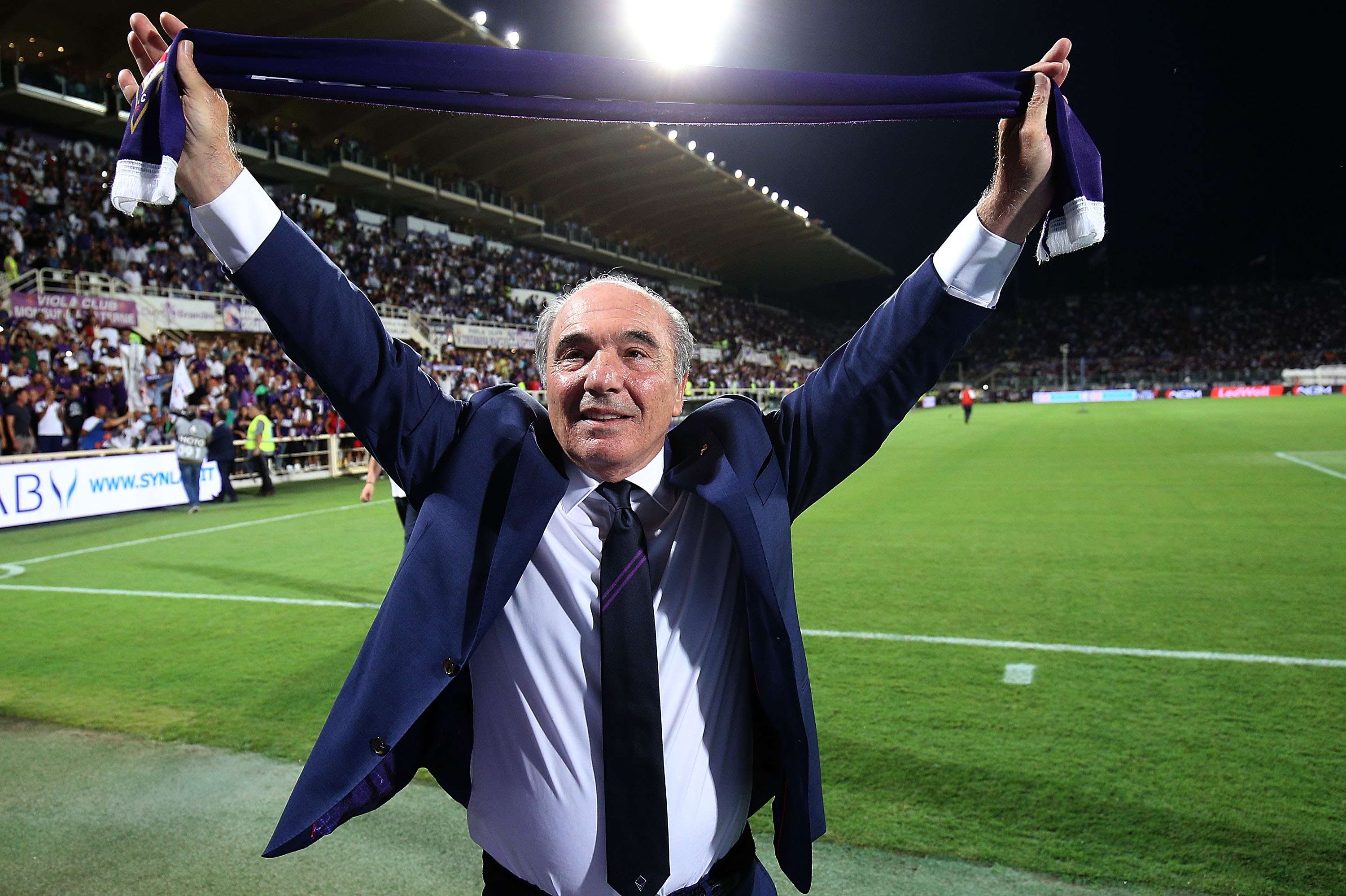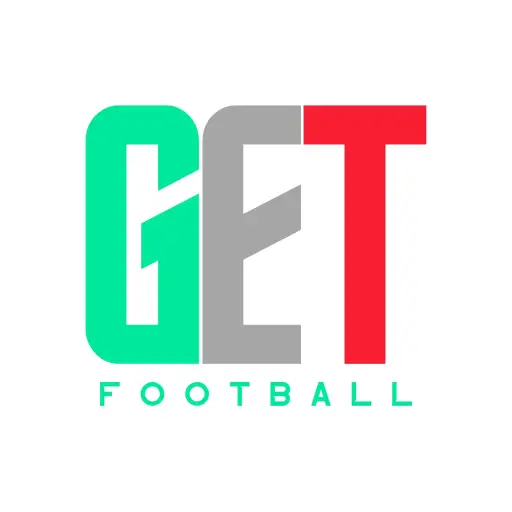A lot has been said and written about Rocco Commisso in recent days and weeks and often, the Fiorentina owner is the talk of the town in Italian football. If anything, his undeniable ambition to make Serie A a much more polished and productive entity than what it is always shines through.
For a place that is often heralded as the home of the Italian Renaissance, it is often strange that Florence is a city with a football club that has seen a fair share of ups and downs. Fiorentina have witnessed bankruptcy, administration, relegation to the lowest professional division of the Italian game but it has also witnessed big European nights, having the pleasure of watching Gabriel Batistuta, Roberto Baggio and Rui Costa grace its purple shirt.
Even though it is barely a club which boasts of innumerable glories, there is something about Fiorentina which is simply endearing to an average football fan. The city boasts of architectural grandeur and the club’s identity is associated with the lofty names of the past and the famous Viola jerseys of the old and now. More than that, one club cities are tough to come by in Italy but Florence is a rare example indeed.
In 2002, the club had closed down due to bankruptcy until Diego Della Valle established a new club with a different name. They started from the fourth division of Italian football and by in the second half of the decade, they were back to playing in the Champions League and in the Europa League. While the Della Valle ownership did oversee the club reaching some heights and took the club back to Europe, the club suffered from midtable stagnation after a point – almost as if it had hit a ceiling, in terms of the stature of the club as a whole.
Commisso took over a club which was essentially stuck in the middle and pretty much going nowhere. In the last season of the Della Valle ownership, the club only just managed to avoid the drop under returning manager Vincenzo Montella and it was clear that the incoming Mediacom founder had a job to do. Before having to get the club back to the heights of old, the Italian-American had to tide over a transition period. And while doing that, the need was also to get the club an identity on the pitch – if Montella failed to do that.
Fast forward to today and Fiorentina are competing for the European places. The club has a manager in Vincenzo Italiano who has truly moulded the team into having a tactical identity which sees them play a high-pressing bound of football, relying on building from the back and involving dynamic movement across the pitch. While the squad was always decent under Beppe Iachini and Cesare Prandelli too, it has improved and everything seems to be on the same page largely due to the appointment of the right manager.
Perhaps, that is all that La Viola needed on the pitch and things will keep improving from there. But Commisso’s outlook towards the Italian game and it’s needs is much more global than what the Italian media and the administrators have been focusing on. The impact that he’s trying to make on the club and Calcio extends way beyond just handing Fiorentina an identity on the pitch.
Italian-American billionaire Rocco Commisso bought ACF Fiorentina, a famous but underachieving Italian football club, to honour his roots and the sport that helped him escape poverty. Then reality hit.
— Financial Times (@FinancialTimes) January 14, 2022
Scroll down to read his story 👇 https://t.co/1fKIOCwVHC
Italian football in the recent decade has been no match financially, when it comes to the Premier League, Bundesliga or La Liga. As non-Serie A supporters continue to deride Italian clubs for the lack of finances on a consistent basis – especially considering the cases of financial irregularities in the past, bureaucracy runs riot in Calcio. While Tottenham Hotspur have almost quadrupled their revenue following their new, grand stadium in North London, clubs in Italy struggle almost everyday to be on the same wavelength as the local authorities to get new stadiums and facilities built.
That, in a nutshell, is how the problems take shape right from the grassroots of the Italian game. Proposal for Inter and Milan to play in a new, reconstructed stadium took more than two months to be agreed. And Commisso has been left unnerved by the hold-ups that La Viola have faced, when it comes to his repeated attempts to build a new stadium. The resistance from the bureaucracy continues, leaving Rocco’s plans to enlarge Fiorentina’s heritage sadly stranded.
With the club now on it’s way to inaugurate the biggest training complex in the Italian top flight, perhaps that itself is a sign of the club owner’s ambition for the Florence club. And in a game which is being increasingly dominated by agents, Commisso took a stand against Jorge Mendes’ domination. While that did lead to Rino Gattuso’s sudden departure, it sent out a clear message and one that an average football fan will love. especially keeping in mind how fans have been left isolated and disconnected from the game by the increasing amount of agent influence in the game that they love.
Yet, for all the good that Rocco has been trying to do for Fiorentina and Italian football, he continues to face a barrage of negative coverage from journalists that cover the sport for papers run by other Serie A club owners.
The Fiorentina owner’s fiery press conference in May 2021 came in response to a La Gazzetta dello Sport article which used Italian-American stereotypes to mock Rocco. The club had just about survived the drop at that point and while criticism in the media was rife for how the situation was, Rocco’s plan for the club is coming together now.
The defamation lawsuit has been allowed to proceed by the Court in Cagliari, with Commisso of the belief that the article from GdS “offended the reputation of the entire Italian-American community, which daily fights to eradicate the horrible stereotype that associates the stigma of organized crime with our compatriots overseas.”
For all the while that Rocco has been painted as the villain for the established regimes in the Italian game, his vision to change Italian football and bring it closer to what is viewed as the pinnacle of the sport is well visible. Many followers of the Italian game want the same but there has been a reluctance for change – as there always is in football. It, after all, is a sport steeped in tradition.
The gap between Serie A and the Premier League has widened from being €1 billion in 2007 to being over €3 billion in 2021. One league prioritised internationalisation and grew, the other prefered to be stuck in tradition and got left behind in the global footballing arena.
James Horncastle has covered that in detail while writing for The Athletic, clearly stating that bureaucracy is rife in Italian football and the Euro 2020 win for the Azzurri was a mere cover on the cracks. If Italian football has to change, it will have to move closer to Commisso’s view of the game.









